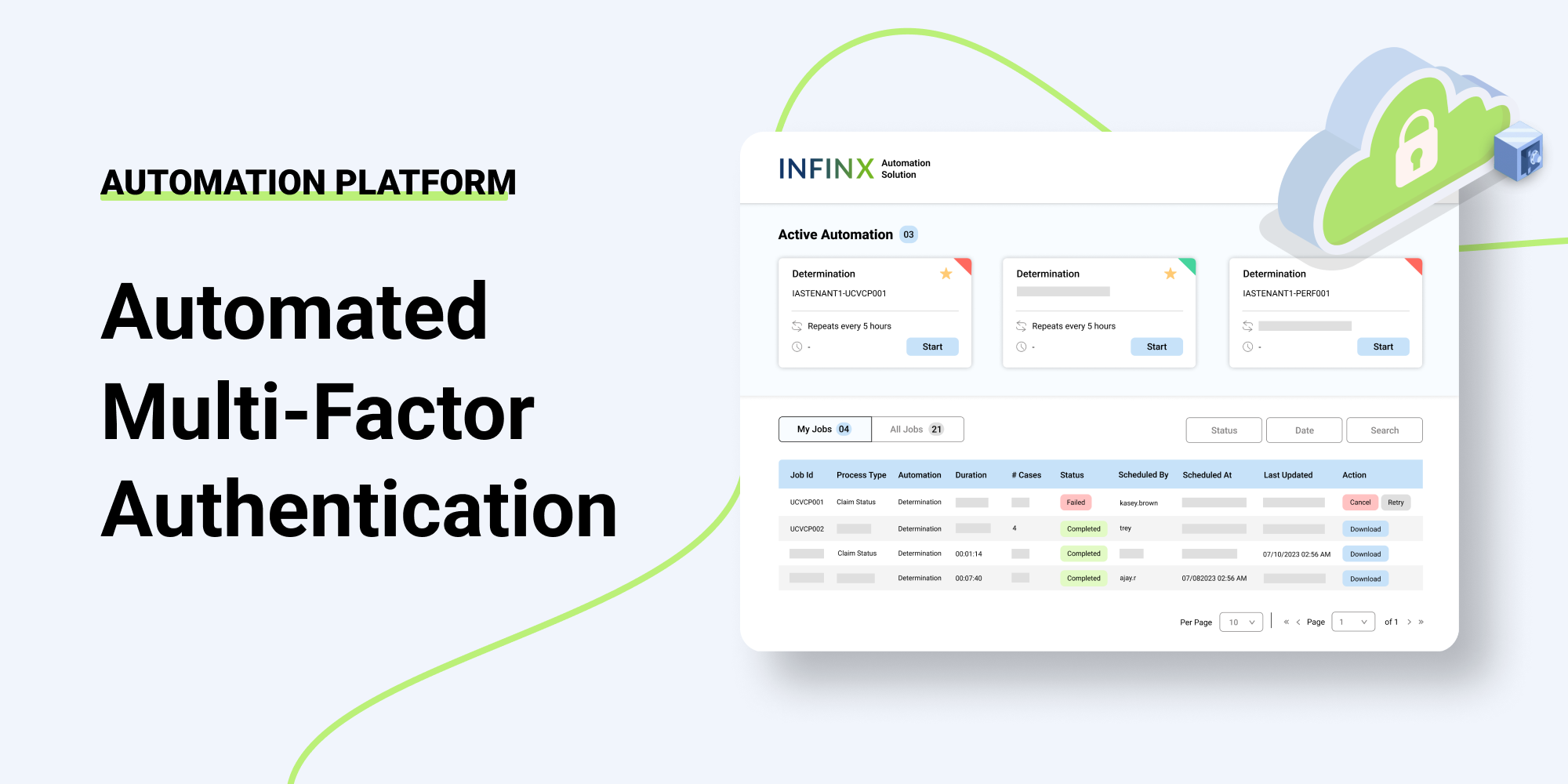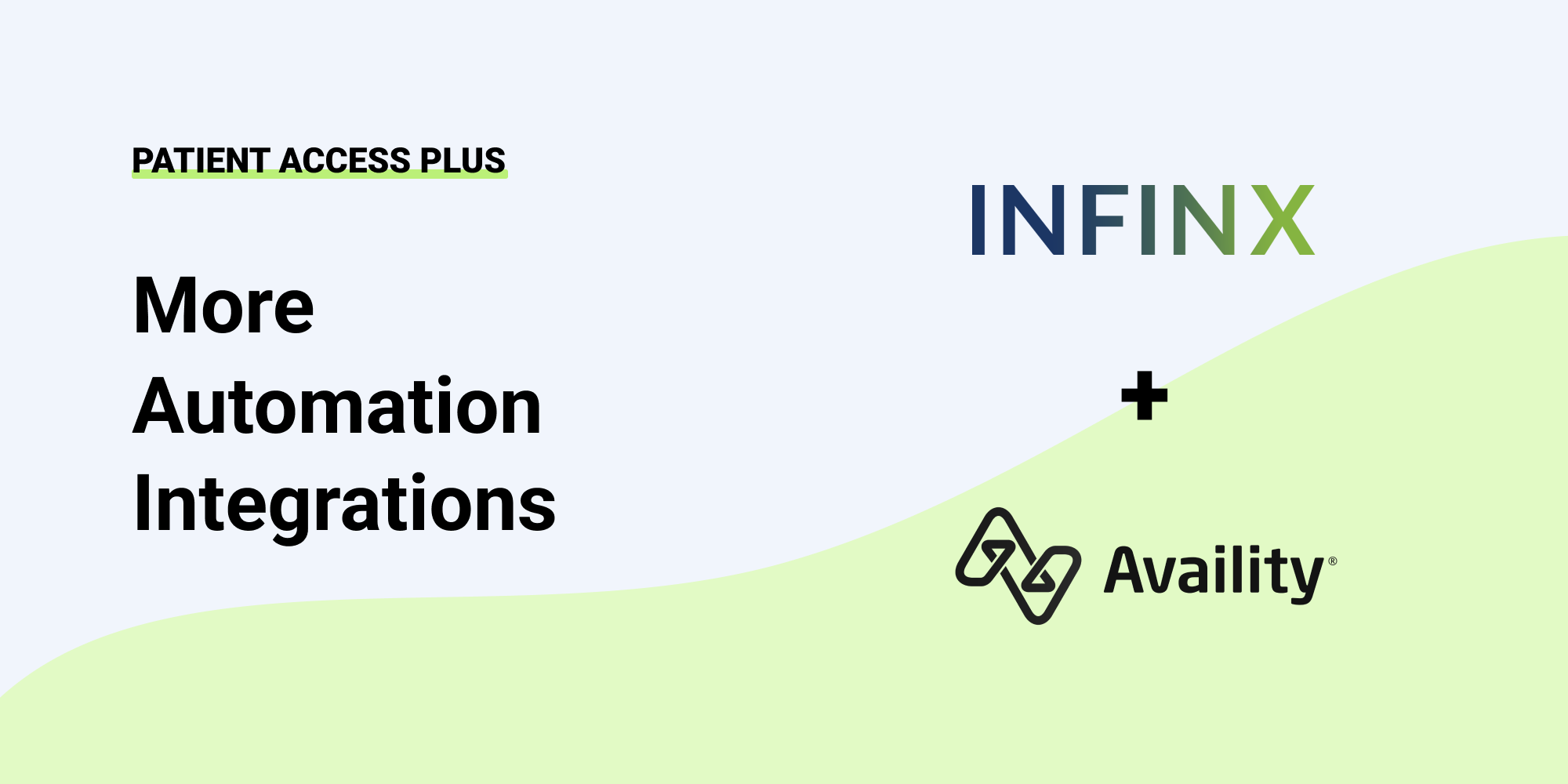Though no one initially anticipated it, COVID-19 has brought innovation and collaboration throughout the healthcare industry and accelerated the adoption of high-tech solutions much more quickly than expected. In the spirit of cooperation, healthcare providers and hospitals working alongside insurance payers and government entities rallied to address the needs of patients. At the same time, each group tried to sort the coverage for reimbursement quickly.
While the results have been imperfect, there has been a newfound collaboration between insurance payers and providers where changes were forced or interrupted by state-issued stay-at-home orders due to the public health emergency.
A Look at Some of the Changes
As is often the case, necessity facilitates creative functionality. Insurance payers were faced with an immediate home-based employee workforce. A patient population was massively impacted by a pandemic, causing providers to scramble to collect revenue and stay afloat. Electronic capabilities that had long been approached as a possible future investment became an immediate need, and IT teams were designated essential workers.
So, where have we seen the most impact? Here are three areas that have seen significant improvements due to electronic upgrading during COVID-19:
Telehealth
Almost immediately and to everyone’s surprise, the Centers for Medicare and Medicaid Services (CMS), followed almost immediately by commercial carriers, expanded telehealth to include the entire US effective in early March. This quickly allowed hospitals, urgent and emergency care centers, and physician practices to absorb and manage potentially infectious patients for triage, as well as routine and non-emergent care without unnecessarily exposing providers or patients to COVID-19.
While expanding the telehealth mandate was meant to be a temporary solution, the response has been so overwhelmingly positive from patients and providers that it will be challenging for CMS and the commercial carriers to rescind the mandate. The immediate rush of telehealth vendors that swept in to meet the needs of hospitals and providers proves the importance of meeting customer expectations in our digital age.
Insurance Call Center Automation
With call center employees working from home, insurance carriers were faced with an interruption in operations that created severe problems, from verifying eligibility to authorizing treatment to pay claims to checking claims statuses. There was an immediate need to quickly deploy remote solutions that allowed providers and hospitals to continue to be reimbursed allowing them to see more patients.
If insurers had not acted quickly to overhaul their workforce, hospitals and providers facing failure would have been a very real threat leading the healthcare industry’s collapse.
Prior Authorizations Handled Electronically
Advanced automation prior authorization software that uses artificial intelligence (AI) and machine learning capabilities quickly was recognized as the most beneficial solution.
To outline, AI-driven software is integrated bi-directionally with a provider or hospital’s EHR/EMR and billing system that’s used for client management through cloud-based technology. As soon as the patient’s order is input, tests or medications requiring prior authorizations are electronically identified, provider/facility detail, patient demographics, and test/diagnosis information are collected, and an approval request is submitted in real-time to the appropriate insurance payer portal.
AI-driven software with machine learning capabilities can access continually updated insurance information clearinghouses storing thousands of insurance groups and plans, each with their unique guidelines and requirements, and electronically determine the prior authorization parameters for routing the request. Prior authorization approvals that once took between a couple of hours to several days or weeks can now be accomplished in seconds with a 99% accuracy rate, as documented by Infinx’s long-time client, RadNet.
To Sum Up
Though these electronic improvements that were once thought “pie-in-the-sky,” insurance payers and healthcare systems and providers have been able to reinvent many of the interdependent processes that once presented challenges. The accelerated changes due to COVID-19 have improved provider and payer relations, and their day-to-day interactions. Who would have guessed?
Contact us to learn more about automated solutions, including our Prior Authorization Software solution.


